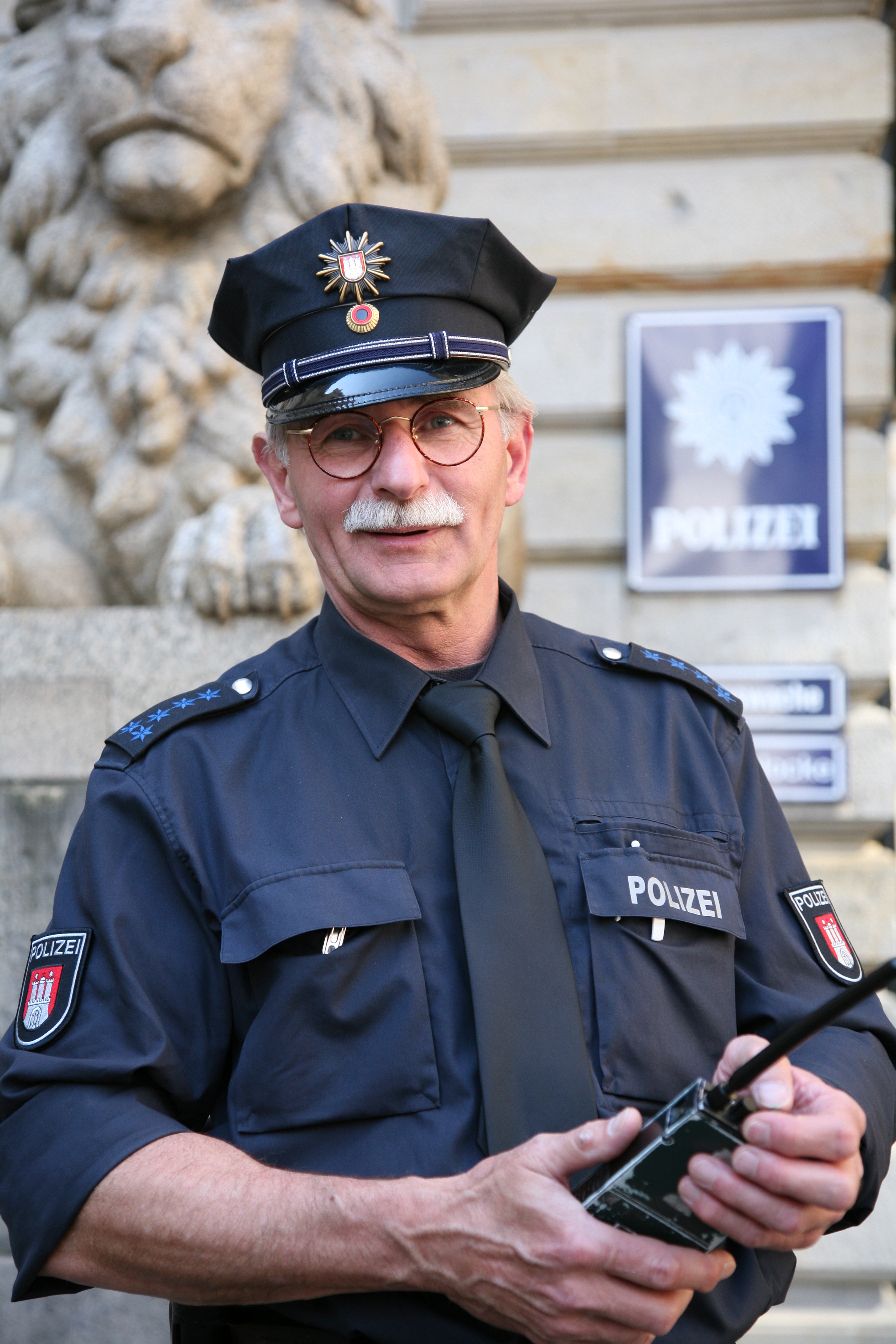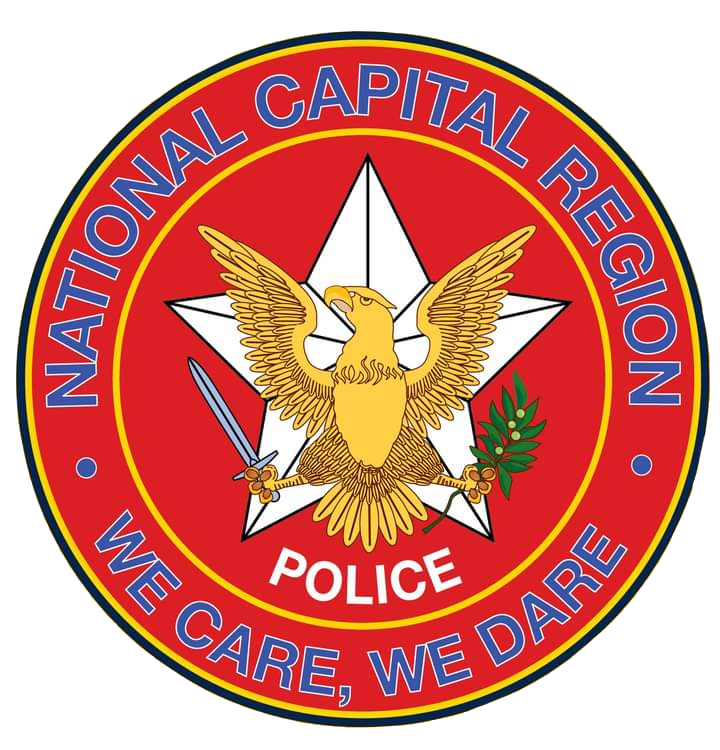|
Chief Superintendent
Chief superintendent is a senior rank in police forces, especially in those organised on the United Kingdom, British model. Rank insignia of chief superintendent File:Sa-police-chief-superintendent.png, South Australia Police File:RCMP Chief Superintendent.png, Royal Canadian Mounted Police File:Distintivo Superintendente-Chefe PSP.png, Polícia de Segurança Pública, Portuguese Public Security Police File:Chief Superintendant Epaulette.svg, UK police chief superintendent epaulette File:Chief superintendent (Cyprus Police).png, Cyprus Police Chief superintendent by country Australia In Australia, a chief superintendent is senior to the rank of Superintendent (police), superintendent in all the Australian police forces excepting the Western Australia Police. It is junior to the rank of commander (Victoria Police, South Australia Police) and the rank of Assistant commissioner (police), assistant commissioner (New South Wales Police, Queensland Police). Officers wear the insig ... [...More Info...] [...Related Items...] OR: [Wikipedia] [Google] [Baidu] |
Police
The police are Law enforcement organization, a constituted body of Law enforcement officer, people empowered by a State (polity), state with the aim of Law enforcement, enforcing the law and protecting the Public order policing, public order as well as the public itself. This commonly includes ensuring the safety, health, and possessions of citizens, and to prevent crime and civil disorder. Their lawful powers encompass arrest and the use of force legitimized by the state via the monopoly on violence. The term is most commonly associated with the police forces of a sovereign state that are authorized to exercise the Law enforcement agency powers, police power of that state within a defined legal or territorial area of responsibility. Police forces are often defined as being separate from the military and other organizations involved in the defense of the state against foreign aggressors; however, gendarmerie are military units charged with civil policing. Police forces are usua ... [...More Info...] [...Related Items...] OR: [Wikipedia] [Google] [Baidu] |
Prefectural Police
In the Law enforcement in Japan, law enforcement system in Japan, are prefecture-level Law enforcement agency, law enforcement agencies responsible for Police, policing, law enforcement, and public security within their respective Prefectures of Japan, prefectures of Japan. Although prefectural police are, in principle, regarded as municipal police, they are mostly under the central oversight and control of the National Police Agency (Japan), National Police Agency. As of 2020, the total strength of the prefectural police is approximately 260,000 police officer, sworn officers and 28,400 civilian staff, a total of 288,400 employees. History In the Police services of the Empire of Japan, Empire of Japan, territorial police forces were organised as . They were placed under complete centralized control, with the of the Home Ministry at their core. After the surrender of Japan, the Supreme Commander for the Allied Powers regarded this centralized police system as undemocratic. Du ... [...More Info...] [...Related Items...] OR: [Wikipedia] [Google] [Baidu] |
Law Enforcement In The United Kingdom
Law enforcement in the United Kingdom is organised separately in each of the legal systems of the United Kingdom: England and Wales, Scotland, and Northern Ireland. Most law enforcement duties are carried out by police, police constables of a territorial police force. As of 2021, there were 39 territorial police forces in England, 4 in Wales, Police Scotland, one in Scotland, and Police Service of Northern Ireland, one in Northern Ireland. Each is responsible for most law enforcement and crime reduction in its police area. The territorial police forces of England and Wales are overseen by the Home Office and by a police and crime commissioner or other police authority, although they are operationally independent from government. The British Transport Police (BTP), the Ministry of Defence Police (MDP), and the Civil Nuclear Constabulary (CNC) provide Special police, specialist policing services in England, Scotland and Wales. The National Crime Agency (NCA) is primarily tasked ... [...More Info...] [...Related Items...] OR: [Wikipedia] [Google] [Baidu] |
Chief Superintendant Epaulette
Chief may refer to: Title or rank Military and law enforcement * Chief master sergeant, the ninth, and highest, enlisted rank in the U.S. Air Force and U.S. Space Force * Chief of police, the head of a police department * Chief of the boat, the senior enlisted sailor on a U.S. Navy submarine * Chief petty officer, a non-commissioned officer or equivalent in many navies * Chief warrant officer, a military rank Other titles * Chief ''x'' officer, a corporate title in the c-suite * Chief of the Name, head of a family or clan in Ireland and Scotland * Chief engineer, the most senior licensed mariner of an engine department on a ship, typically a merchant ship * Chief mate, or Chief officer, the highest senior officer in the deck department on a merchant vessel * Chief of staff, the leader of a complex organization * Fire chief, top rank in a fire department * Scottish clan chief, the head of a Scottish clan * Tribal chief, a leader of a tribal form of government * Chief, ... [...More Info...] [...Related Items...] OR: [Wikipedia] [Google] [Baidu] |
Epaulet
Epaulette (; also spelled epaulet) is a type of ornamental shoulder piece or decoration used as insignia of rank by armed forces and other organizations. Flexible metal epaulettes (usually made from brass) are referred to as ''shoulder scales''. In the French and other armies, epaulettes are also worn by all ranks of elite or ceremonial units when on parade. It may bear rank or other insignia, and should not be confused with a shoulder mark – also called a shoulder board, rank slide, or slip-on – a flat cloth sleeve worn on the shoulder strap of a uniform (although the two terms are often used interchangeably). Etymology () is a French word meaning "little shoulder" (diminutive of , meaning "shoulder"). How to wear Epaulettes are fastened to the shoulder by a shoulder strap or ''passenten'', a small strap parallel to the shoulder seam, and the button near the collar, or by laces on the underside of the epaulette passing through holes in the shoulder of the coat. Colloq ... [...More Info...] [...Related Items...] OR: [Wikipedia] [Google] [Baidu] |
General Officer
A general officer is an Officer (armed forces), officer of high rank in the army, armies, and in some nations' air force, air and space forces, marines or naval infantry. In some usages, the term "general officer" refers to a rank above colonel."general, adj. and n.". OED Online. March 2021. Oxford University Press. https://www.oed.com/view/Entry/77489?rskey=dCKrg4&result=1 (accessed May 11, 2021) The adjective ''general'' had been affixed to officer designations since the late medieval period to indicate relative superiority or an extended jurisdiction. French Revolutionary system Arab system Other variations Other nomenclatures for general officers include the titles and ranks: * Adjutant general * Commandant-General, Commandant-general * Inspector general * General-in-chief * General of the Air Force (USAF only) * General of the Armies, General of the Armies of the United States (of America), a title created for General John J. Pershing, and subsequently grante ... [...More Info...] [...Related Items...] OR: [Wikipedia] [Google] [Baidu] |
Philippine National Police
The Philippine National Police (PNP; ) is the national police force of the Philippines. Its national headquarters is located at Camp Crame in Bagong Lipunan ng Crame, Quezon City. Currently, it has approximately 228,000 personnel to police a population in excess of 100 million. The agency is administered and controlled by the National Police Commission (Philippines), National Police Commission and is part of the Department of the Interior and Local Government (DILG). Local police officers are operationally controlled by city or municipal mayors. DILG, on the other hand, organizes, trains and equips the PNP for the performance of police functions as a police force that is national in scope and civilian in character. The PNP was formed on January 29, 1991, when the Philippine Constabulary and the Integrated National Police were merged pursuant to Republic Act 6975 of 1990. [...More Info...] [...Related Items...] OR: [Wikipedia] [Google] [Baidu] |
Philippine Army
The Philippine Army (PA) () is the main, oldest and largest branch of the Armed Forces of the Philippines (AFP), responsible for ground warfare. , it had an estimated strength of 143,100 soldiers The service branch was established on December 21, 1935, as the Philippine Commonwealth Army. The Philippine Army has been engaged in numerous combat operations, including the ongoing Communist rebellion in the Philippines, the Moro conflict and, alongside other national military forces, in conflicts of international scope. The Commanding General of the Philippine Army is its professional and overall head. Its main Headquarters#Military, headquarters (Headquarters Philippine Army or HPA) is located at Fort Andres Bonifacio, Taguig City. Background Spanish Era Majority of the soldier that served the Captaincy General of the Philippines are Philippine natives, as opposed to their Native-American, Mestizo from the Americas or white counterparts who at first, are mostly Criollo people ... [...More Info...] [...Related Items...] OR: [Wikipedia] [Google] [Baidu] |
Senior Superintendent
Senior superintendent, also police senior superintendent or senior superintendent of police, is a senior rank in police forces used in Brunei, Estonia, Germany, South Korea, Hong Kong, India, Lesotho, Pakistan, Sri Lanka, Tanzania, and formerly in the Philippines and in Japan. Brunei Royal Brunei Police Force use this rank, and it was lower than an assistant commissioner and higher than a full superintendent. File:RBPF OF-5 - SSP (since 2004).gif, Brunei Estonia The Estonian Police and Border Guard Board use this rank, it was below a police lieutenant, but higher than a full superintendent."Politseiametnike teenistusastme tunnused." ''Politsei- ja Piirivalvetamet.'' Retrieved 2020-03-22. [...More Info...] [...Related Items...] OR: [Wikipedia] [Google] [Baidu] |
Bureau Of Fire Protection
The Bureau of Fire Protection (BFP; ) is the government body in the Philippines responsible for firefighting services. It is under the jurisdiction of the Department of the Interior and Local Government. Functions and duties The BFP is responsible for ensuring public safety through the prevention or suppression of all destructive fires on buildings, houses, and other similar structure, forests, and land transportation vehicles and equipment, ships/vessels docked at piers, wharves or anchored at major seaports, petroleum industry installations. It is also responsible for the enforcement of the Fire Code of the Philippines (PD 1185) and other related laws, conduct investigations involving fire incidents and causes thereof including the filing of appropriate complaints/cases. According to its website, the primary functions of the BFP are * Be responsible for the prevention and suppression of all destructive fires on: ** Buildings, houses, and other structures; ** Forests; ** Lan ... [...More Info...] [...Related Items...] OR: [Wikipedia] [Google] [Baidu] |
Bureau Of Jail Management And Penology
The Bureau of Jail Management and Penology (BJMP; ) is an attached agency of the Department of the Interior and Local Government mandated to direct, supervise and control the administration and operation of all district, city and municipal jails in the Philippines with pronged tasks of safekeeping and development of its inmates, officially classed as persons deprived of liberty (PDL). History The agency was created on January 2, 1991, by virtue of Republic Act No. 6975, also known as the Department of the Interior and Local Government Act of 1990. Prior to its creation, the Office of Jail Management and Penology of then Philippine Constabulary - Integrated National Police was the agency handling the local penology of the Philippines. It aimed to separate the agency from the national police, reporting directly to the Secretary of the Interior and Local Government. Operations The Jail Bureau, pursuant to Section 60 to 65, Chapter V, Republic Act No. 6975 amended by Republic Act ... [...More Info...] [...Related Items...] OR: [Wikipedia] [Google] [Baidu] |



